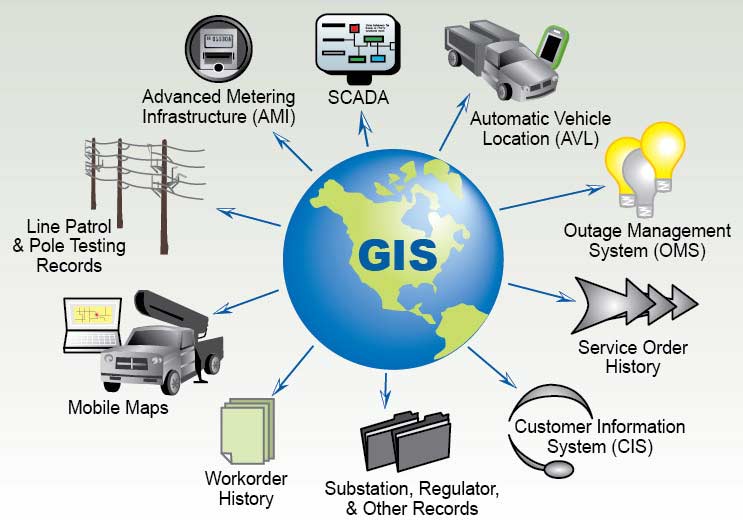GIS Application
GIS (Geographic Information System) applications encompass the utilization of GIS technology across diverse sectors to capture, store, analyze, and present geospatial data. By leveraging spatial information, these applications offer comprehensive insights, facilitating informed decision-making and robust spatial analysis. In various fields such as urban planning, emergency management, agriculture, and healthcare, GIS applications play a pivotal role in optimizing processes and resource allocation. Whether it’s mapping city infrastructure, monitoring environmental changes, or planning transportation networks, GIS applications contribute to efficient solutions and sustainable practices. Through their adaptability, GIS applications have become integral tools, supporting industries ranging from business and marketing to defense and education. The convergence of technology and geography in GIS application continues to redefine how organizations harness spatial data for strategic planning and operational efficiency.

Wide Range Of GIS Applications
1. Urban Planning:
GIS plays a pivotal role in urban planning by aiding in land-use analysis, infrastructure development, and zoning. It facilitates smarter decision-making for sustainable and efficient city growth.
2. Environmental Monitoring:
In environmental sciences, GIS applications enable the monitoring and management of natural resources, biodiversity, and ecological systems. It helps in assessing environmental changes and implementing conservation strategies.
3. Public Health:
GIS is crucial in public health for disease mapping, tracking the spread of illnesses, and optimizing healthcare resource allocation. It assists in understanding the geographical patterns of health-related issues.
4. Emergency Management:
During disasters, GIS applications are indispensable for real-time mapping of affected areas, evacuation planning, and resource deployment. It enhances the efficiency of emergency response and recovery efforts.
5. Transportation and Logistics:
GIS optimizes transportation networks by analyzing traffic patterns, planning routes, and improving logistics. It aids in minimizing congestion, reducing travel times, and enhancing overall transportation efficiency.
6. Agriculture and Precision Farming:
In agriculture, GIS helps farmers optimize crop yields by providing insights into soil conditions, irrigation, and crop health. Precision farming techniques are made possible through accurate spatial data analysis.
7. Telecommunications:
GIS is utilized in telecommunications for network planning, site selection, and optimizing coverage. It aids in ensuring efficient communication infrastructure and connectivity.
8. Natural Resource Management:
GIS applications assist in the sustainable management of natural resources such as forests, water, and minerals. It supports decision-making processes to balance resource utilization and conservation.